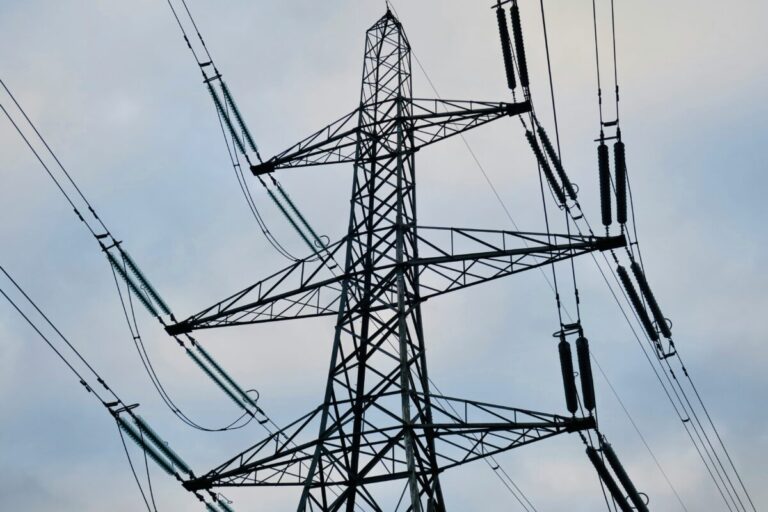Researchers advised that operators of the transmission system are considering raster-forming battery energy storage systems system-wide to improve the grid stability and to maximize the system hosting capacity for solar and wind generation.
The Energy Systems Integration Group has a study About the benefits of granting battery energy storage systems (GFM Bess). The study was based on research carried out by ESIG’s GFM Bess project team, which evaluated GFM BES -benefits on an actual transmission network.
Esig explains that GFM controls can offer grid-stabilizing characteristics that support the reliable operation of an energy system under increasing levels of inverters-based sources (IBR), such as solar and wind energy. Although “GFM control elements can be implemented on new photovoltaic solar and wind plants, with some limitations,” says Esig, the storage of battery energy is “particularly low-hanging fruit” for the implementation of GFM control elements.
Solar, Wind and Storage Without GFM control elements use Grid-Volg (GFL) inverters.
The project team discovered that the use of GFM Bess is improving hosting capacity for solar and wind generators in a transmission system in a transmission system.
The team came to that conclusion by studying part of a real transmission network -a weak local area with limited transmission that is “saturated” with 780 MW PV generation capacity using GFL -Omwifers, linked to 225 MW GFL BESS. While in the real world that weak local area is actually connected to a strongly surrounding transmission network, the researchers modeled the local area separately to model ‘the weakest raster circumstances’.
They discovered that in the weak local area, which in itself would have been ‘marginal stable’, the replacement of GFM Bess by the 225 MW GFL Bess would make an extra 125 MW PV possible with GFL -Omwifers, ‘who demonstrates that raised IBR Hosting capacity was obtained before he hit a stability limit. “
The team reported that GFL Bess has a “small incremental costs” above that of GFL Bess “when it is designed in the front”, and has a “dramatically lower costs than other solutions” such as Synchrone Condensers.
The study is recommended, among other things, that operators of the transmission system are considering using GFM BESS “System -wide to improve stability and maximize IBR [instant backup recovery] Hosting capacity. “
Another research recommendation is the development of technical requirements of GFM BES and these requirements integrate into the requirements for interconnection requirements for facilities.
“Don’t wait,” says the study. “Take advantage of Bess connections today” because “retrofits are expensive.”
In addition to other important findings, the study said that GFM Bess is a solution “not harming”, partly because it offers specific stability benefits in weaker grilles and works stably and reliably in strong gratings.
Moreover, it turned out that GFM Bess systems are interoperable for original equipment manufacturers and with GFL -Omvolers; Can help postpone other more expensive solution options; And can serve as a bridge to long passage solutions.
The project team is planning to publish a shortness of the benefits of GFM Bess for decision makers, policy makers and supervisors, and to implement outreach to important stakeholders.
The core modeling and study team efforts of the project team were carried out by Elevate Energy Consulting, Electanix Corporation and Esig, in collaboration with the Utility American Transmission Company.
This content is protected by copyright and may not be reused. If you want to work with us and reuse part of our content, please contact: editors@pv-magazine.com.


